History of KAT
About KAT Quick Links
Transportation Methods
Through the years the methods of transportation have changed in Knoxville. Please read through our history to see where we began, the many transitions, and where we are today.
KAT’s (Free!) Official App

General Office: 865-215-7800
Office hours: Monday - Friday
8:30 am - 4:30 pm
KAT’s (Free!) Official App

General Office: 865-215-7800
Office hours: Monday - Friday
8:30 am - 4:30 pm